-
1 of 253523 objects
Hortus Gramineus Woburnensis 1816
51.0 x 6.0 cm (book measurement (inventory)) | RCIN 1052144

George Sinclair (1786–1834)
Hortus Gramineus Woburnensis : or an account of the results of experiments on the produce and nutritive qualities of different grasses, and other plants . . . / by George Sinclair 1816
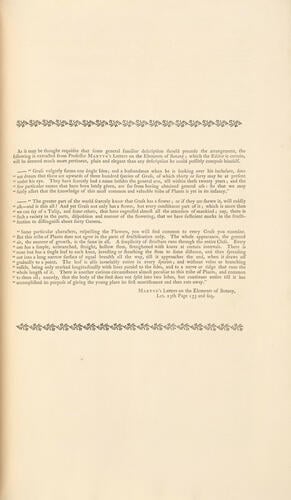
George Sinclair (1786–1834)
Hortus Gramineus Woburnensis : or an account of the results of experiments on the produce and nutritive qualities of different grasses, and other plants . . . / by George Sinclair 1816
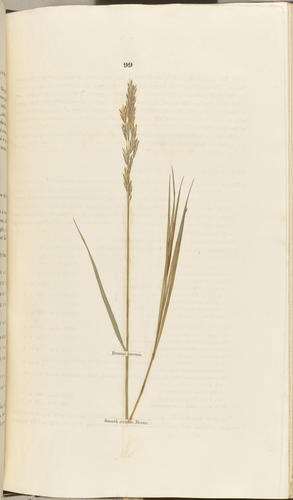
George Sinclair (1786–1834)
Hortus Gramineus Woburnensis : or an account of the results of experiments on the produce and nutritive qualities of different grasses, and other plants . . . / by George Sinclair 1816
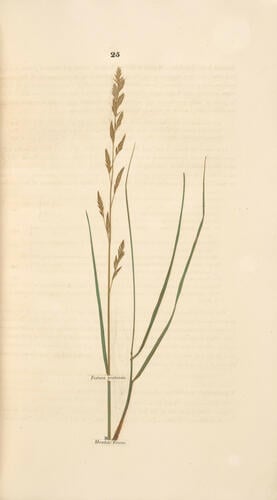
George Sinclair (1786–1834)
Hortus Gramineus Woburnensis : or an account of the results of experiments on the produce and nutritive qualities of different grasses, and other plants . . . / by George Sinclair 1816
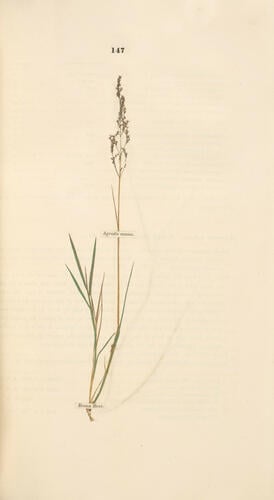
George Sinclair (1786–1834)
Hortus Gramineus Woburnensis : or an account of the results of experiments on the produce and nutritive qualities of different grasses, and other plants . . . / by George Sinclair 1816
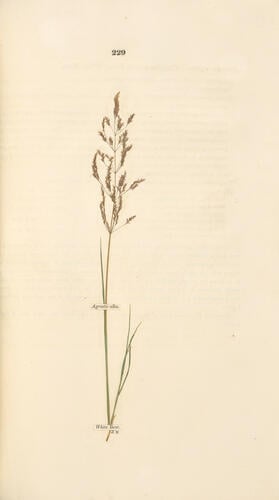
George Sinclair (1786–1834)
Hortus Gramineus Woburnensis : or an account of the results of experiments on the produce and nutritive qualities of different grasses, and other plants . . . / by George Sinclair 1816
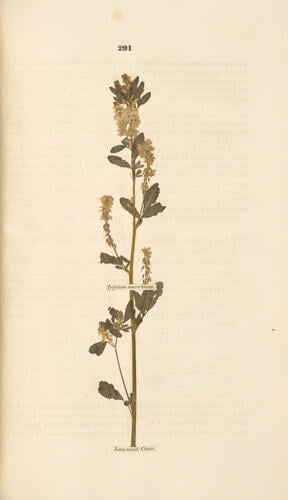
George Sinclair (1786–1834)
Hortus Gramineus Woburnensis : or an account of the results of experiments on the produce and nutritive qualities of different grasses, and other plants . . . / by George Sinclair 1816







-
Born to a family of prominent Berwickshire gardeners, George Sinclair worked for a time under Alexander Gordon, 4th Duke of Gordon. On the marriage of the Duke’s daughter, Lady Georgiana Gordon to John Russell, 6th Duke of Bedford, in 1803, Sinclair took up the post of gardener at Bedford’s seat, Woburn Abbey. A model farm had been established at Woburn and Sinclair, with instructions from Bedford, conducted experiments on the nutritive contents of different types of pasture grasses and the effects of fertilisers upon them in order to determine which species would be best for animal fodder. They were made under the direction of Sir Humphry Davy, who was working at Woburn on his Elements of Agricultural Chemistry, a study of soil composition and its effects on yield. Davy included an appendix describing the grass experiments on the book's publication in 1813.
In 1816, Sinclair published many of his findings in his Hortus Grameinus Woburnensis. While his conclusions came from an analysis of the water-soluble parts of each plant, his comparisons of the different grasses did have some use. Nevertheless, the first edition was prohibitively expensive: Sinclair decided to issue each copy with plates of dried specimens of each plant described. In order to replicate the colour of the living grass, the leaves of each specimen were painted in a vivid green. They were replaced with more traditional monochrome or coloured plates in his cheaper subsequent editions of 1825, 1826 and 1829 as well as in the German translation of 1826.
Leaving Woburn in 1820, Sinclair spent his later career as a nurseryman. In 1824, he became a Fellow of the Linnean Society and of the Royal Society. He continued to edit works on horticulture until his death in 1834.
This copy of the Hortus Grameinus Woburnensis has loosely inserted into it a copy of one of the earliest treatises to focus on pasture grasses. Written by George Swayne, vicar of Pucklechurch near Bristol, the Gramina Pascua (1790) was a survey of the pasture grasses found in his parish. Using the Linnaean binomial system, Swayne listed each of the grasses and, like Sinclair, included dried specimens in place of printed illustrations. -
Creator(s)
(publisher) -
Measurements
51.0 x 6.0 cm (book measurement (inventory))
Alternative title(s)
Hortus Gramineus Woburnensis : or an account of the results of experiments on the produce and nutritive qualities of different grasses, and other plants ... / by George Sinclair.
Gramina Pascua : or, a collection of specimens of the common pasture grasses ... / by G. Swayne, Vicar of Pucklechurch.